Why
We Cannot Motivate As Coaches
Yes, you heard me correct. I
believe no words from a manager or coach will instantly motivate a player. For
me, it is the constant environment and culture that dictates the athlete’s
motivation levels.
Athletes all have differing
driving forces when it comes to the sport they participate/ compete in. Why some
athletes are are motivated and why are others unmotivated?
Many coaches believe an inspiring
speech will motivate their athletes to win or succeed in their respective
sport. Like Bo Hansen, I disagree that we as coaches can motivate our athletes.
Listen to Bo talk about the Coach -Athlete Relationship below:
Motivation can be subdivided into
intrinsic motivation and extrinsic motivation. Intrinsic motivation is the
“internal factors that drive an athlete to achieve, such as satisfaction and enjoyment
of an activity or the attainment of a personal best time in a race” (Kornspan
2009). Extrinsic motivation on the other hand is defined as “external and
sometimes tangible rewards or recognition (such as trophies, money or praise
from a coach) that drives an athlete to achieve” (Kornspan 2009). Coaches have
a misconception of motivation and begin to talk about what motivates us rather
than how we are motivated.
Kremer & Moran
(2013) have noted that ‘motivation is a process that occurs; not elements that
motivate us. They have found that ‘motivation
is depending on effort, performance, outcome and satisfaction.’ Therefore,
motivation will never increase for an athlete if they themselves are not
willing to put forthright effort in. The athletes will not be motivated without
the platform to perform. Will the
process and effort be worth the outcome? If this question is not answered with
a yes, then the athlete’s motivation to compete will quickly diminish. If the
athlete doesn’t experience and feel value in what he/she is doing; no speech,
inspiring coach will be enough to keep the athlete motivated.
‘The benefit of
intrinsic rewards for an athlete is they are self fuelling’ (Martens 2012).
This evidently suggests that we as coaches cannot intrinsically motivate our
athletes. Martens (2012) goes on further
to state that ‘great coaches know they cannot motivate their athletes but
rather the climate they create allows the athlete to motivate themselves’.
On the contrary to
this statement, many coaches undermine their athletes by adopting a stick/carrot
style. Basically this utilises a euphemism of a stick to punish and a carrot to
rewards the athlete. In study completed on scholarship and non scholarship
athletes, there were significant differences between intrinsic motivation.
Those awarded scholarships (extrinsic rewards) displayed significantly less
intrinsic motivation than those who didn’t deem their sport as work (Ryan 1980).
The importance of intrinsic motivation cannot be highlighted enough. As I have previously discussed, coaches cannot intrinsically motivate their athletes. However, they can extrinsically motivate their athletes to an extent. In the Sports Motivation Scale (Pelletier et.al 1995), we are presented with the extrinsic continuum of external regulation, introjected regulation and identified regulation.’ Some athletes will play for the praise from their coach. This can be potentially detrimental to intrinsic motivation of the athlete as the athlete is now merely playing for rewards’ (external regulation/ rewards). When the external components become internalised the athlete pressures themselves to play or they will experience the guilt of missing training etc (introjected regulation). Finally, identified regulation is when they athlete recognises and begins to value behaviour and begin to do things by choice (Fortier et.al 1995).
For the athlete to
be motivated, the direct speech or interaction with the coach is not
sufficient. Athletes must be motivated through a dynamic process as shown above
and be given the appropriate exposure to self determined actualisation and
rewards.
Motivational Environment
The environment for
an athlete will differ for every sport, culture and age profile etc. However,
some environmental traits will be common no matter the variable. The environment will be strongly systematic,
feedback rich, goal orientated, situation where they athlete is worthy and also
most importantly will be fun.
Firstly, I believe
a model/ system needs to be established by the coach. Some seminal questions to
ask yourself about your environment could be ‘what is the central purpose of
the process, how is the process measured and how is the process
operationalised?’ (Cross and Lyle 2002). This will give the coach a basis to
review and give feedback to the athletes.
The environment
will be heavily feedback orientated. Feedback will allow the athlete goal set
and provide them with inspiration to set higher standards. An efficient form of
feedback for a coach is augmented feedback (comments that can improve the
intrinsic feedback) ( Schmidt & Lee 2011) . For example, if the athlete
falls back in the catch of the clean, they realise internally this was
incorrect movement. The coach then explains the weight distribution of the feet
and indicates to them that the weight was too far back on the heels (augmented
feedback).
“Athletes must see
success in achieving their own goals rather than surpassing the performance of
others” (Martens 2012). This gives great scope for the coach to implement an
environment heavily compiled of goal setting. Athletes should set goals which
are; “specific, realistic, challenging, both short and long term, for practice
and competition, recorded, strategically achieved, supported and evaluated”
(Gill & Williams 2008).
Within the environment,
athletes must feel embraced in the group and feel apart of the process. ‘Inclusion
the learners knowing the are valued and they have a mutual respect with the
instructor within the environment – the social climate facilitates inclusion’
(Wlodkowski 1999). Martens (2012) has referred to ‘our self worth in life being
our ability to achieve’. This is dangerous when athletes maybe in a losing
climate. This environment can develop very little fulfilment as athletes have a
fear of failure and their primary goal is to avoid failure. This again
reinforces the need for athlete’s individual goals and not surpassing the
performance of others.
Finally, the
environment for athletes must be fun and enjoyable. Why do people play their sport
and in some cases why do they achieve such longevity at a sport? Martens (2012)
has stated that ‘athletes need stimulation and need to meet a certain
stimulation level’. In other words, athletes need to enjoy and feel fulfilled
when they train for competition and play sport. ‘People need the right amount
of activation; not too little and not too much’. Throughout, psychological
research and literature there is the term ‘flow’. I will be covering this in
detail later in the essay. “Flow is when we are totally immersed in an
activity” (Martens 2012) . According to Csikszentmihalyi (1997 p.32) when we
are in flow “living becomes its own justification” – the deeply satisfying
experience of an intrinsically motivating activity.
It has now become
very clear that it is the coaches system and the environment he devises has a
great impact on how motivated the athlete can be. As mentioned, the flow
experience is an integral part of the athletes liking what they do. If the
environment is fun the athlete will have a greater chance of participation long
term and will feel satisfied with the process.
Excelling in Individual Sport
For an individual
to excel in sport their needs become paramount. Team sports will differ from
player to player but with a single individual it is vital to have certain aspects
covered in their environment. Firstly, I would prepare a DISC profile on the
athlete in question, allow them to learn using the flow experience, give them a
sense of value and autonomy and also allow the environment to be enjoyable.
The DISC profile assessment
is a non-judgemental tool which can distinguish behavioural differences between
people (Hansen 2014). It can help a coach understand what motivates the athlete;
provide a greater knowledge of their stressors and how the athlete solves
problems.
A high score in
Dominance aspect of the profile suggests someone who will do anything to
accomplish their results. They tend to tackle situations very directly. For
example, if you made a highly dominant athlete aware of a minor flaw in
technique before a major championship; they would attempt to rectify it
immediately. However if this is a complex problem a high “D” may not be
equipped to deal with this as they act very quickly. Dominant athletes will
often compromise relationships, technique and other aspects of the sport to
achieve their results. It is far more important for them to achieve the outcome
than to do the task in the right way. This is essential for a coach to
understand and they need to guide the athlete in the direction that is best
suited for their dominance weighting.
High scores on the
Influence scale are extroverted by nature and low scorers are more introverted
by nature. How does this affect their success in their environment? Well,
extroverted athletes will derive their energy from social interaction and
interacting with a fast paced dynamic environment. Perhaps a coach with an
athlete like this would allow an entourage similar to that of many boxers who
are quite extroverted and egotistical. On the contrary, an introvert enjoys
their personal space and requires time alone to rejuvenate their energy.
Therefore, the coach may have to alter their environment to reduce the amount
of interaction with other people and perhaps even have the athlete train in a
secluded setting before high level competition.
An athlete scoring
high on “Steadiness” scale prefers a slower paced environment; they are calmer
in their mannerisms and are in general more relaxed. In direct contrast, a low
score on the “Steadiness” scale signifies a fast paced style, they also enjoy
an environment that always is changing and is versatile. The coach may have to
intensify the environment for the athlete or make it more indirect and allow
processes to take longer and become more methodical depending on this profile
score.
The final element
in the DISC model is “Conscientiousness”. A high score here usually results in
an athlete who will follow the rules and be engaged in a system outlined by the
coach. These athletes will be very structured in their competency, tactical
proficiency and are likely to operate well in a game plan. A low “C” will be an
athlete who is less rule-governed and take rules more as guidelines than a code
of conduct. They will of course follow the rules to a certain point but their
motive for following the rules are entirely different to others. Suggesting to
an athlete that you have to do this because its a rule or part of a system will
not register with a low “C”. The coach will have to pitch the idea to them in a
different approach. Suggesting to them that “you have to do this because it
will get you closer to your goals or will make you run faster” appeals much
more efficiently to a low “C”.
Understanding the
athlete in question using the DISC model will allow the coach to monitor and
vary the environment. Simply having one environment that never changes may not
be the ideal situation for an athlete to excel. (Hansen 2014)
Within the
environment of the athlete, they must fell valued. “When adults see that what
they are learning makes sense and is important according to their values and
perspective their motivation emerges” (Wlodkowski 1999). In order to value the
athlete and make them feel worthy we must as coaches understand their values.
Providing challenging tasks, positive feedback and approval can make the
athlete feel worthy and valued.
In order for the
athlete to excel, their environment must be fun. In two separate studies, fun
was the main reason for athletes participating in sport (Ewing & Seefeldt
1990) ( Seefeldt, Ewing & Walk 1992). It is widely regarded that
“motivation comes naturally and is prevalent when athletes are having fun”
(Burton & Raekeke 2008)
“The activities the athlete will have will be stimulating, challenging and exciting” (Burton & Raedeke 2008) while in the coaching environment. Drills should be limited and not be a major aspect of the training however in individual sport this is hard to avoid. Therefore, it is known that skill development should; use developmental progressions to create optimal skill- challenge balance, keep practices stimulating by varying the activities, teach fundamentals by means of action packed, competition like activities that use the targeted skills, keep everyone active and don’t’ give the athlete time to get bored, allocate time where the athlete receives no feedback from the coach (Burton & Raedeke 2008)
It is a difficult
task to have an individual athlete excel in the environment you create. The
DISC profile will give the coach a baseline to create the optimal atmosphere
for the athlete. Also the environment will have some similar traits to that of
a team sport but it is essential the athlete never gets bored. The coach must
simply ensure that his environment does not destroy the athletes intrinsic
motivation to play the sport. ( Burton & Raedeke 2008)
Excelling In Team Sports
In team sports the
DISC profile will be utilised also to get a background on the player’s
individual personalities but will not be as important as there are far too many
variables to monitor and cater for. Again the environment must be fun,
autonomic and the coach must co-operate with the athletes. The flow experience
will be vital to a team excelling. Also goal setting will be a integral part of
the mastery orientated environment in which a team can excel in.
Many coaches place
huge emphasis on feedback and it does have a huge part to play in the
performance of team. But allowing the team to get immersed in their tasks is
another aspect that has to be implemented as well. The flow has been
brilliantly described as “the feeling and concentration that sometimes emerge
in a closely contested athletic contest” (Wlodkowski 1999) .
The utilisation of
small sided games over drills will be a staple in the implemtation of the flow
experience. The athletes will then fell the competition aspect and will become
immersed if the coach steps back and observes silently. The athletes ‘often
lose self awareness that sometimes
results in a feeling of transcendence with the activity’ . (Wlodkowski 1999)
has noted that the flow experience is the very pinnacle of learning.
Goal setting within
the team environment will be another major aspect of how I would allow the
athletes excel. Attempting to mould mastery orientated athletes would be a goal
of a coach. This entails the athletes “focusing on learning and personal
improvement, having a challenging task list, putting forth constant strong
effort, increasing persistence and success being a by product of effort.
These athletes are
drawn to obtainable yet challenging goals. John Wooden’s emphasis on personal development,
effort and preparation were his reasons for success with several teams. He
would have the athletes create goals that were individual and not defined by
exceeding others. This is something I would also adopt in the environment I
would create.
The drill vs. games debate is something that
has become prevalent among coaches in recent years. Within the team setting I believe
small sided games to be a far better means compared with drills. Drills can
become monotonous for athletes. SSG’s allow the athlete to work in a more open
environment and acquire more game specific skills and ultimately improve
decision making.
Finally the TARGET concept would be something I would avail of in the environment of a team sport. The task structure would include variety and would be pre determined and planned with athletes having fun and placing short term goals on each task. The authority structure would provide independence for the athlete and be supportive at the same time. Rewards would be utilised for learning, effort and improvement ahead of winning. Group Structure would enlist each athlete with a specific role in the group. The athletes would be performance evaluated regularly and finally time frames would be allocated based on task difficulty and learning processes of the coach. (Burton & Raedeke 2008)
Conclusion
Athletes differ
greatly from one to the next. Therefore, experience is hugely important when
creating environments for the athlete. Over the course of a coaching career
certain structures will work and others won’t. However, the intrinsic
motivation of the athlete is paramount to all else when endeavouring upon the
road of competitive success. The understanding of the athlete is vital to
creating the right environment and avoiding the old school methods of
motivation is no longer enough for coaching. Athletes have needs just as
employees do in business. These needs have to be catered for individually and
systematically in order to maintain their intrinsic motivation. If these
methods are adopted properly the athlete has a great potential for success in
his/her sport.



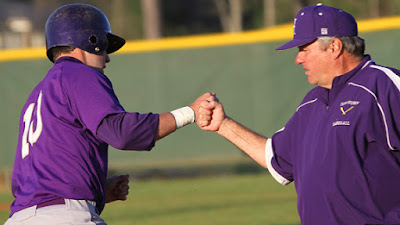

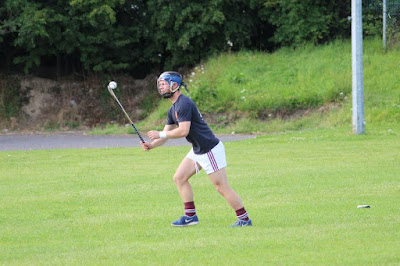
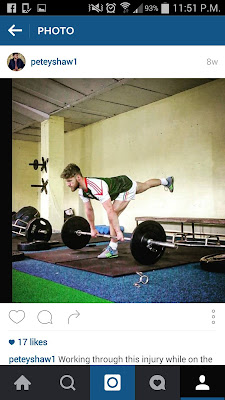

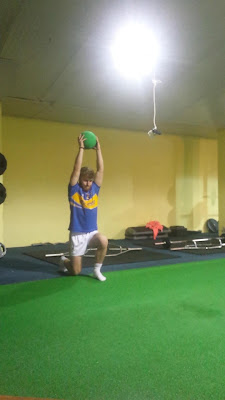


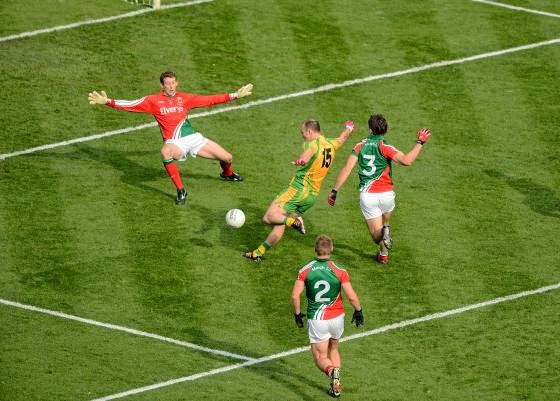
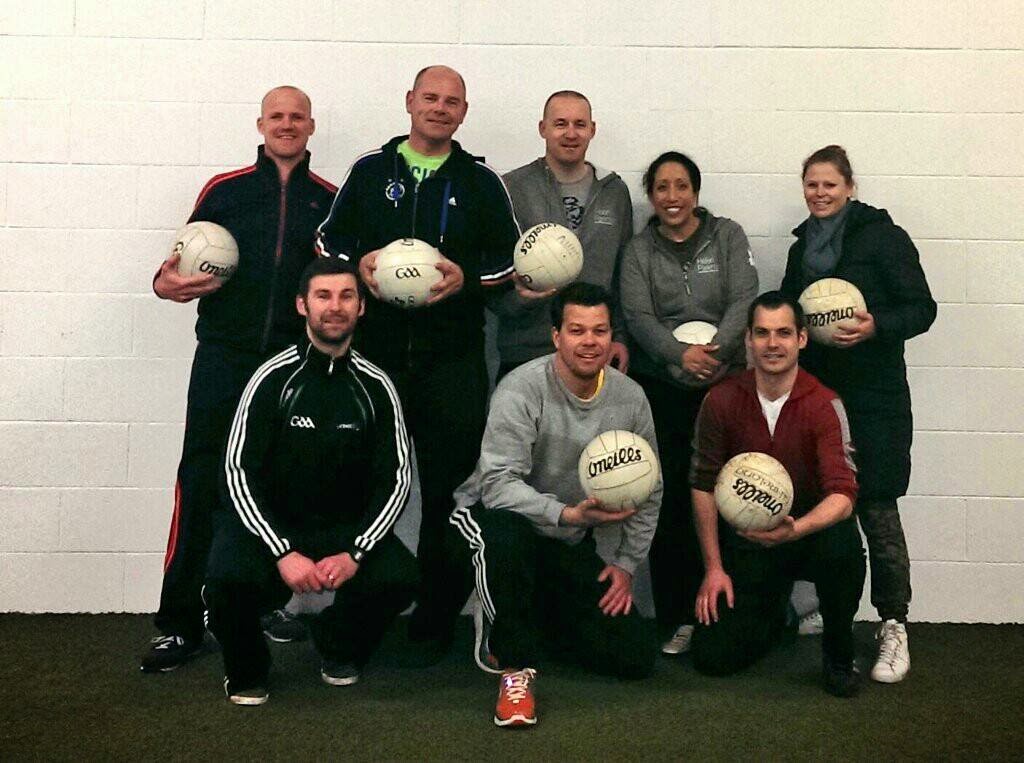
.bmp)
.bmp)



